Introduction
India has a federal form of government with power divided between the Centre and the States on the account of a federal structure of governance. The main feature of federalism is the segregation of power between the Centre and the states. The fundamental provisions of the Constitution cannot be unilaterally changed by one level of government. The federal system has the objective to safeguard and promote unity and accommodate regional diversity. There was consensus on power sharing even before independence. Leaders were aware of the regional and linguistic diversity. The Constituent Assembly decided to form a government that would be based on the principles of unity and cooperative federalism between the Centre and the states.
Meaning of Colourable Legislation
Separation of powers means dividing or sharing powers. In order to prevent the misuse of power by any one organ of the government, the Constitution says that each of these organs should exercise different powers. This develops a system of checks and balances. The Constitution has divided powers between the Centre and the states with their particular subject matters. But sometimes, the legislative body enacts legislation which falls outside its area of competence. This means that it has transgressed its powers and has indirectly done something which could not have been done directly. This is called the colourable exercise of legislative power or indirectly making laws when prohibited from doing so directly. So, to check the transgression of legislative authorities, the doctrine of colourable legislation came into existence.
legal maxim– “Quando aliquid prohibetur ex directo, prohibetur et per obliquum” which means what is prohibited directly is also prohibited indirectly. It means when a legislature does not have the power to make laws on a particular subject directly, it cannot make laws on it indirectly. Colourable legislation is one of the doctrines under the Indian Constitution. It basically means coloured legislation which is not its true colour. So, whenever the Union or state encroaches on their respective legislative competence and makes such laws, colourable legislation comes into the picture to determine legislative accountability of that law.
Division of legislative power between the Centre and states
The distribution of authority between the Union and the States is addressed in the Seventh Schedule of our Constitution, which is enshrined under Article 246 of the Indian Constitution. Article 246 of the Constitution defines the Union’s and states’ powers by categorizing them into three lists, namely, Union List, State List, and Concurrent List. The Indian Constitution establishes the doctrine of separation of powers between the union(centre) and state governments.
Union List: List in which the Centre has sole authority to enact legislation. The Union List essentially covers military, foreign affairs, railways, and banking, among other areas where Parliament can pass legislation.
State List: states have sole authority to enact legislation. Public order, police, public health, and sanitation, as well as hospitals and dispensaries, betting, and gambling, are some of the subject matters covered under the same.
Concurrent List: The List of entries on which both the Centre and the states can pass legislation is the Concurrent List.
Another set of powers in Article 248 is residuary powers which include all other matters not mentioned in any of the lists like cyber laws. The States and Unions are both required to operate within their respective legislative competence.
If the legislature makes law in colour or under the guise of a subject without having the required competency to make laws on that particular subject then the Supreme Court can invalidate the entire law. Colourable legislation comes into question when there is a question of the competency of particular legislation to enact a particular law. It challenges the accuracy of an enacted law with regard to the body that passed the law and analyzes whether the legislative body has the power to make laws on that subject or not. In case the legislature is not competent on the said subject, then the law is said to be ultra vires. When a legislature makes a law which appears to be within its authority but in reality, it is not, then the law would not have any validity. Even though a colour is given to the law for bringing it under competency it would be declared void. Colourable legislation emerges whenever the legislative bodies had no power to create laws on an item because either it was not included in the list as per Schedule VII or for the limitations of Part III of the Constitution or any other provision of the Constitution. When the legislature indirectly disobeys the terms of the Constitution and claims any Act to be within its power then it is a fraud on the Constitution.
Non- applicability
subordinate legislation: The doctrine does not apply to subordinate or delegated legislation. It questions the competency of a particular legislative body to enact a particular law.
Where no constitutional limitation and where the powers of a legislature are not bound by any limitation. For example, there will be no application of colourable legislation if such power works only according to the Constitution. The legislation is not actionable for extraneous consideration.
Intension or motive totally irrelevant: The doctrine is not related to the bona fide or mala fide intention of the legislature. If there is an absence of competency, then the relevance of the motive is dead. the court only reviews whether the enacted law is under the competency of the legislature or not.
Relevancy: It is not concerned with whether the law is relevant or irrelevant.
A presumption in favour of competency of the legislature: The presumption is always in favour of the constitutionality of the law and the burden is on the person who wants to show that there has been a clear violation of constitutional principles. Someone raising questions on a new law in a court of law and claiming that to be a colourable legislation has to prove how the law is a colourable legislation.
Leading Case laws
In the case of Ram Krishna Dalmia v. S.R. Tendolkar, the petitioner had challenged Section 3 of the Commission of Enquiry Act,1952 and the notification under which an enquiry commission was set up by the Central Government under S.R. Tendolkar was on the ground that it was a denial of equality. An inquiry commission was appointed under the Act against the company of the petitioner. But Supreme Court held that the notification and the Act were valid as they were only for enquiry and do not impose dictatorial possession of the government and the petitioner could not show discrimination. It also held that the burden is on the person who wants to show that there has been a clear violation of constitutional principles. It is an important case of reasonable classification under Article 14. As not only a law has to be reasonable but its application must also provide equal protection of laws, it did not come in the ambit of colourable legislation.
In K.C. Gajapati Narayan Deo v. State of Orissa, the constitutional validity of the Orissa Agricultural Income Tax (Amendment) Act,1950 was challenged on the ground that it is a colourable piece of legislation. The real object of which is to reduce the net income of intermediaries, so that the compensation paid under the Orissa Estate Abolition Act, 1952 might be kept down to a low figure. The court held that it would be a colourable legislation only if it is shown that the real object is not attainable to it by reason of any constitutional limitation or that it lies within the exclusive field of another legislature. This Act falls within the ambit of the state legislature as Agriculture is the matter of State List and reduction of compensation is just another facet of the Act. So, it is not colourable legislation and not invalid.
In the case of R.S. Joshi v. Ajit Mills, the respondent was not enlisted as a dealer of Sale Tax, which was gathered from different clients, and this adds up to an infringement of Section 46 and Section 37(1) of the Sales Tax Act, 1955. The High Court struck down Section 37(1) of the Act. The question was, if any tax has been collected wrongfully by a taxable person from his customer, then whether the amount of tax should be paid to the government or not and also whether it will be lawful to retain the money when it is known that the amount is not a tax . It was held that Section 37(1) of the Act is valid and the law is the same for both the taxpayer and tax administrator and if the tax cannot be levied by the law, then it is not leviable by the government as well. If the tax is not lawful then its collection cannot be lawful. Thus, colourable legislation was applied in this case.
In State of Bihar v. Kameshwar Singh, the Bihar Land Reforms Act, 1950 was enacted to remove the landlord custom from the state. The State gave half of the arrears of rent due as compensation to the landlord. The compensation for property acquired comes under Concurrent List’s Entry 42. So, here it was to be determined whether the said Act is for a public purpose or not. The Supreme Court held that the Act instead of determining the compensation indirectly removes the petitioner from his property without any compensation. In reality, the Act purported to lay down a principle for determining compensation and indirectly deprived the petitioner of claiming compensation. Thus, the Act was colourable legislation and was held invalid.
In K.T. Moopil Nair v. State of Kerala, the petitioner was the owner of a 25,000-acre forest land. Due to the Preservation of Private Forest Act,1949 the yearly income of petitioners was only 3,100 Rs per year. Then the Travancore-Cochin Land Tax Act, 1955 came into existence and Section 4 of the Act imposed yearly tax liability of Rs. 2 per acre and as a result, the petitioner had to give a tax of Rs. 50,000 per year. Also, Section 7 exempted 78 types of land from the operation of this Act after notification. Then through an amendment Section 5A came which was the Provisional Assessment of the basic tax in respect of land which had not been surveyed and no time for the conduct of the survey was fixed. In this case, the tax liability was greater than the petitioner’s income. It held that Section 4 and Section 7 of the Act violated Articles 14 and 19(1)(f) of the Indian Constitution. The Travancore-Cochin Land Tax Act,1955 was held to be invalid on the ground that the Act apparently purported to be a Taxing Act but in reality, it was not Taxing Act but was confiscatory in nature.
In the case of M.R. Balaji v. The state of Mysore, an order of the Mysore Government was challenged under Article 15(4) for reserving seats for admission to the State medical and engineering colleges. The state issued an order that all the communities except the Brahmin community fell within the classes of educationally and socially backward classes and scheduled castes and scheduled tribes and 75% of seats were reserved for them. On July 31, 1962, the State of Mysore passed another order which superseded all the previous orders and left only 32% of seats for the merit pool. The petitioner said that the classification made by the state was irrational and reservation of 68% was a fraud on Article 15(4) of the Constitution. The question was whether Article 15(4) gives constitutional power to the States to pass such reservation power or not. The court held that the reservation is a fraud on the constitutional power conferred on the state by Article 15(4).
Conclusion
The doctrine of colourable legislation strictly prohibits doing indirect things when it is not allowed to do so directly. The court certainly tests whether the legislature has enacted a law as per its authorised competency or not. So, wherever there is a restriction to make laws, the legislature has to follow the same otherwise it would be declared as ultra vires of legislative power. The doctrine of colourable legislation acts like a check on the legislature and if it finds incompetency then the law becomes invalid without there arises a need to determine its necessity and requirements. It only checks the competency of the law-making body and restricts overstretching power.

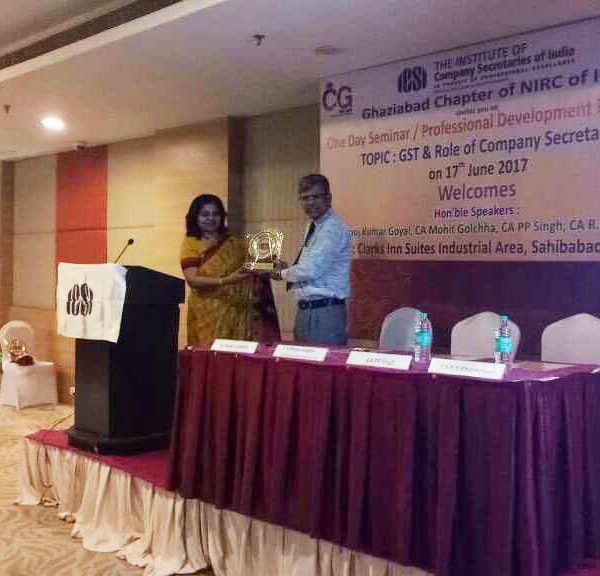

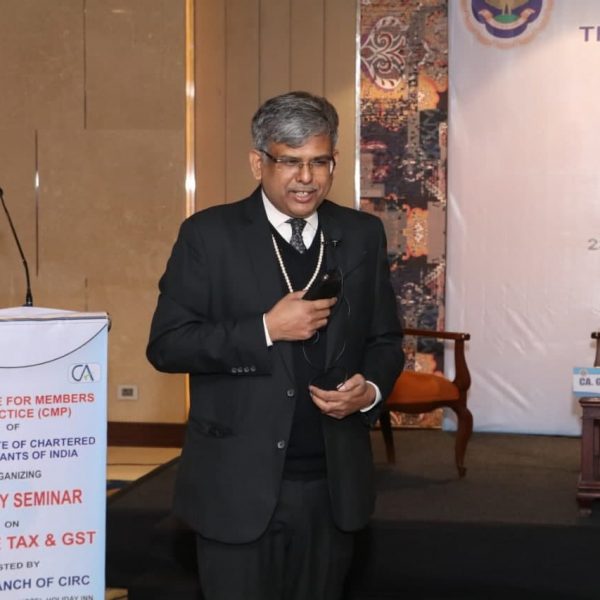

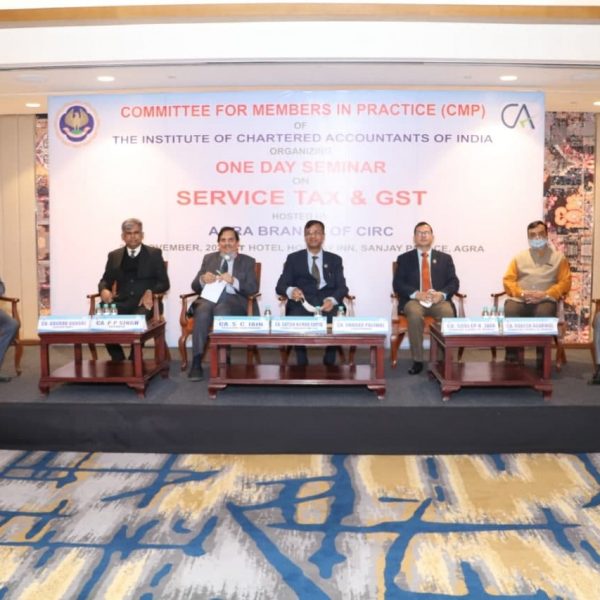


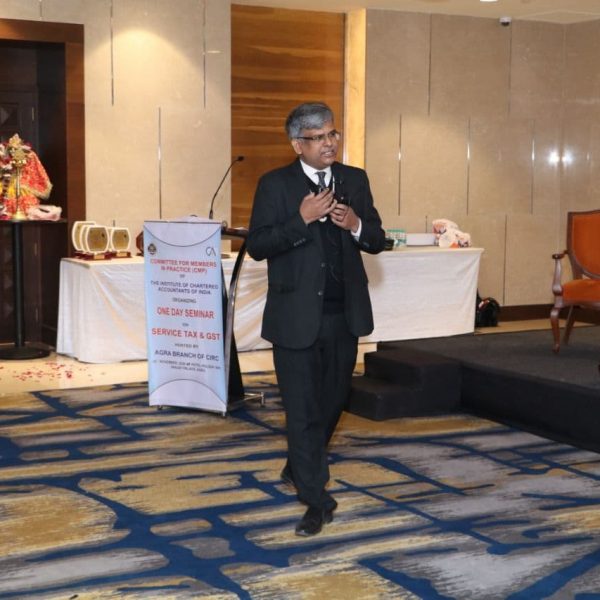
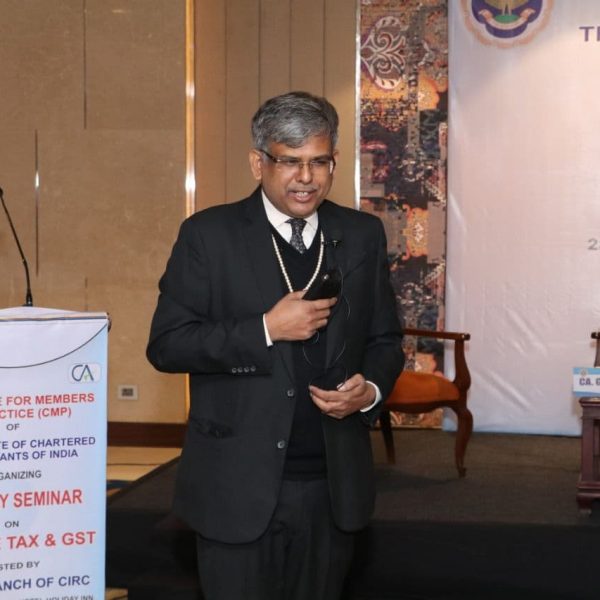

Comment (1)
CA UPENDRA MOHAN SHROTRIYA
May 1, 2023Most Important Article